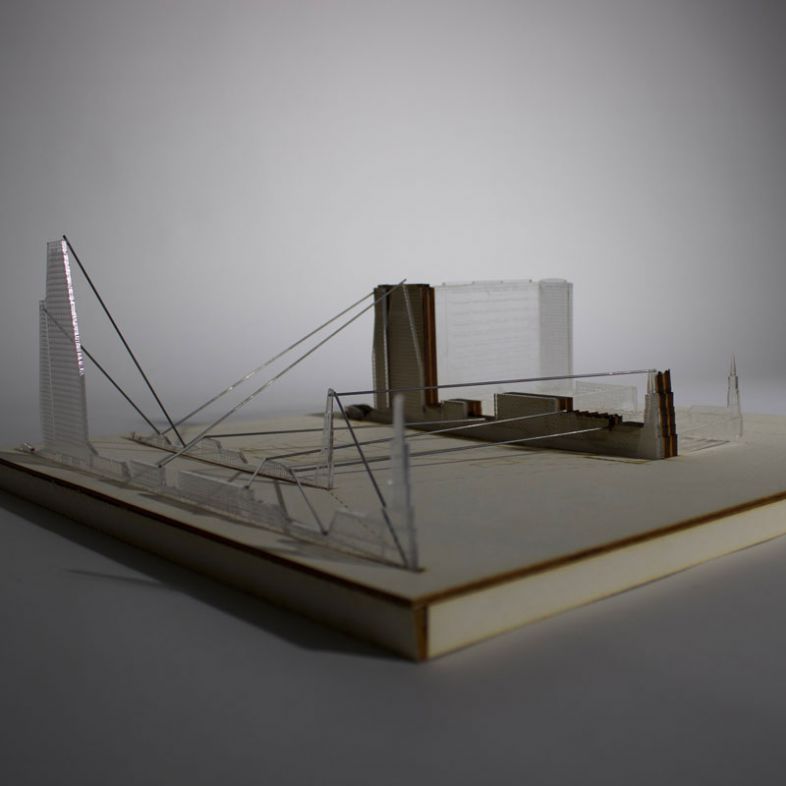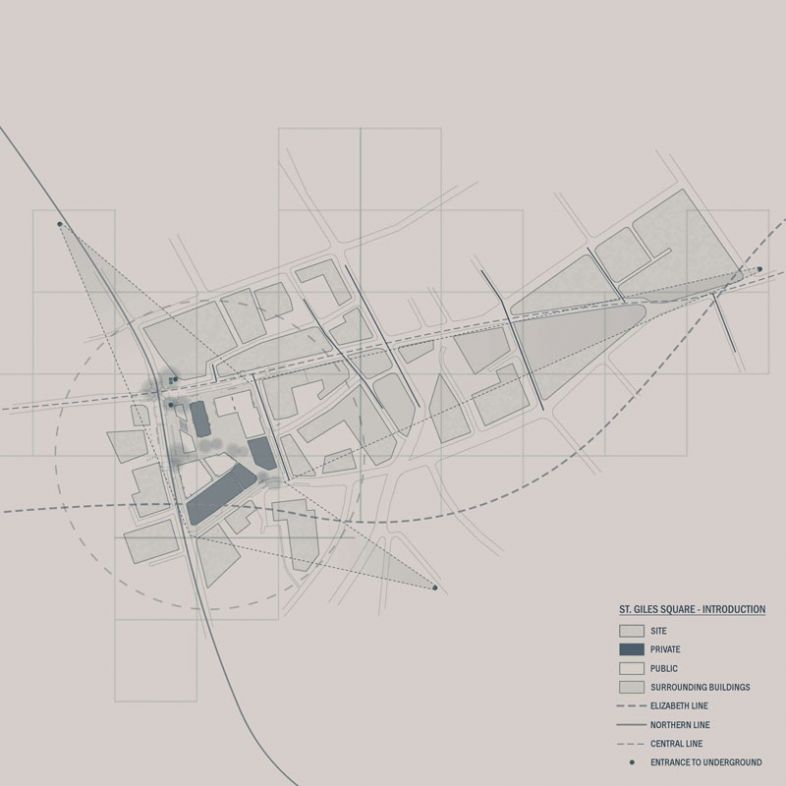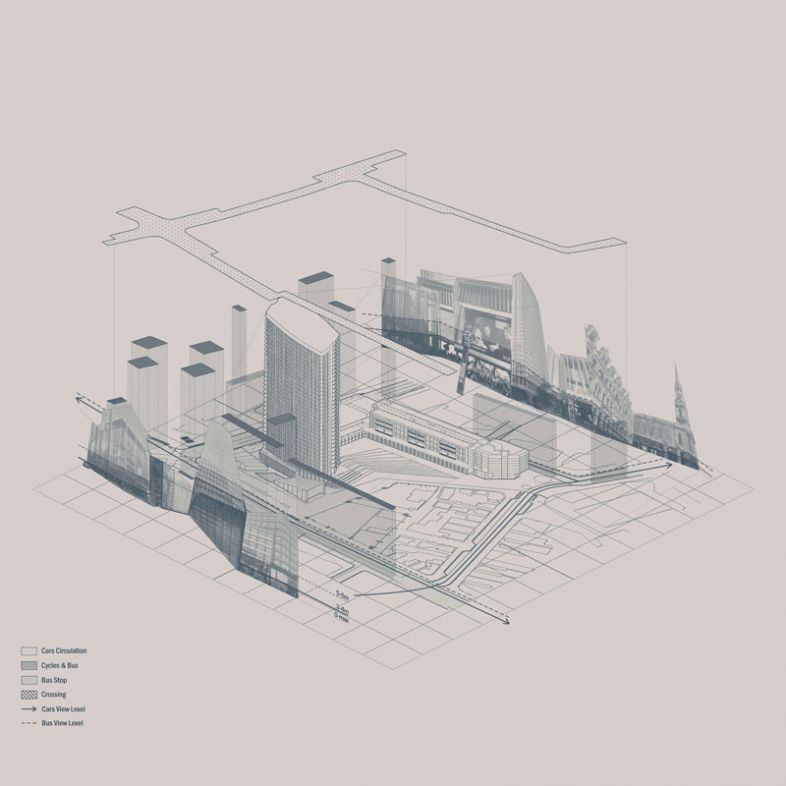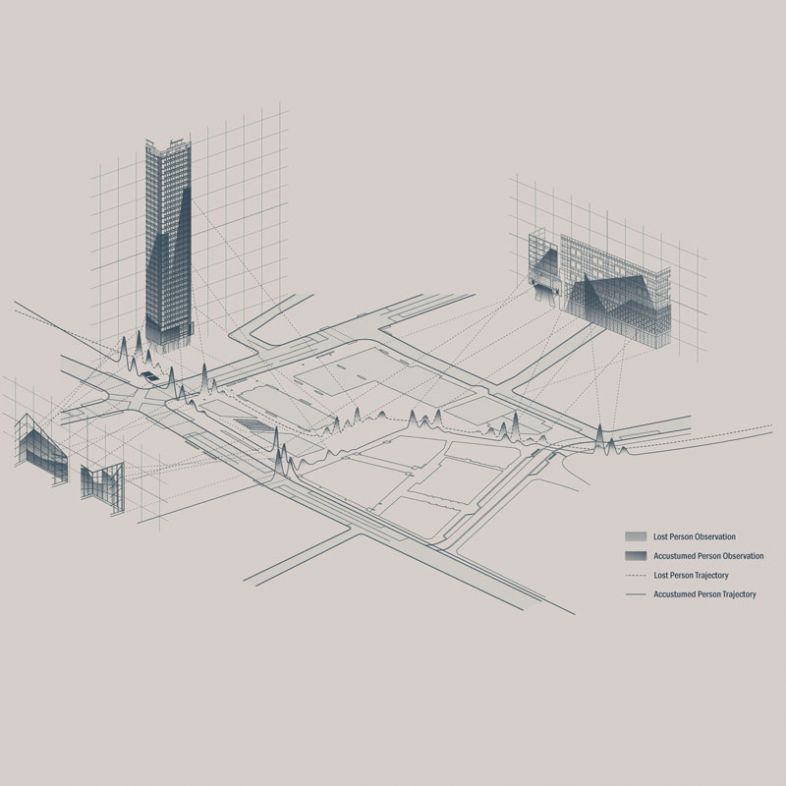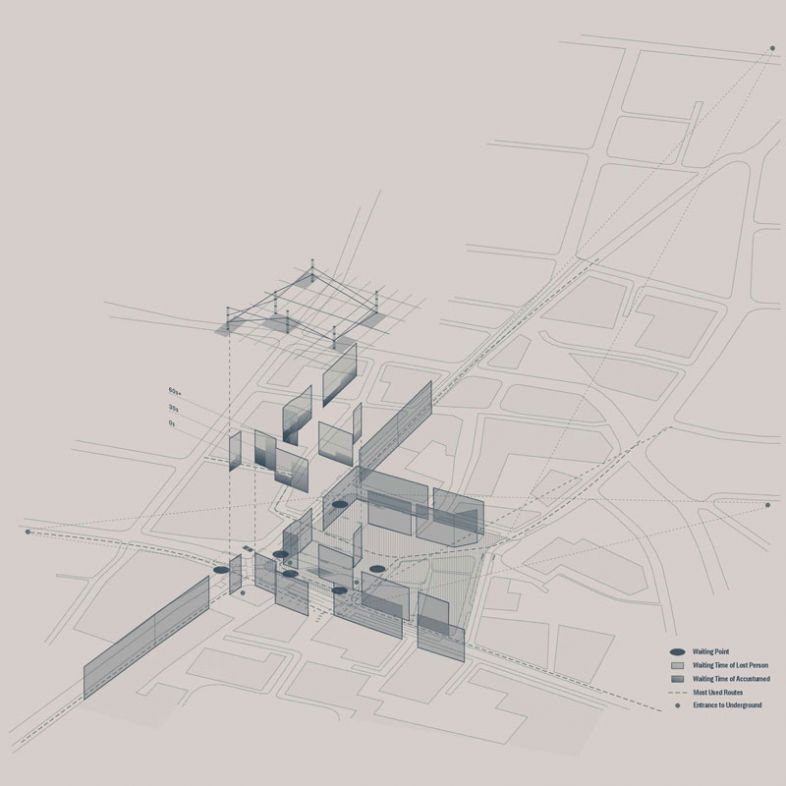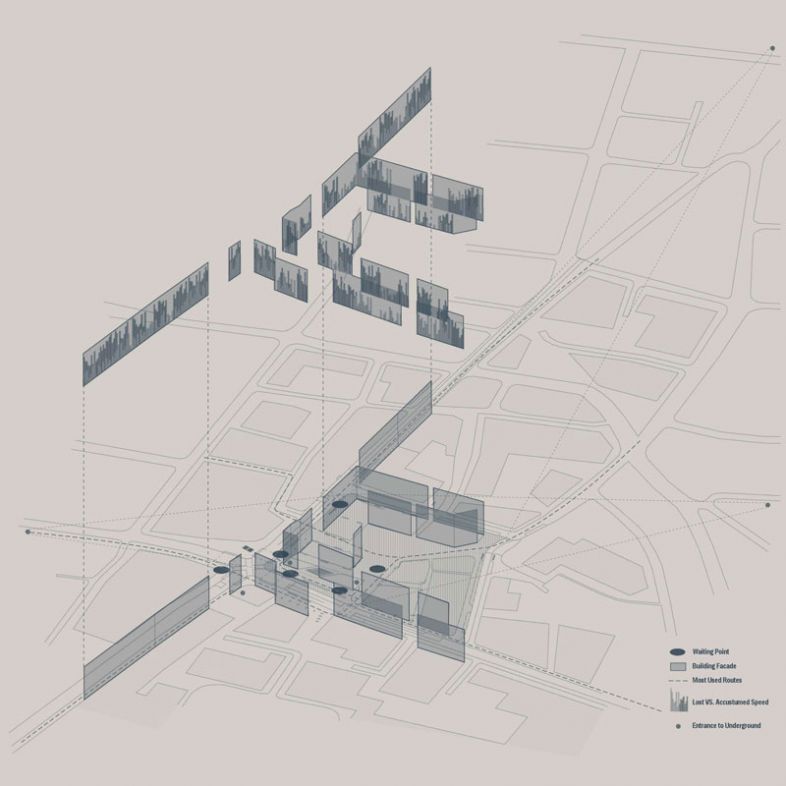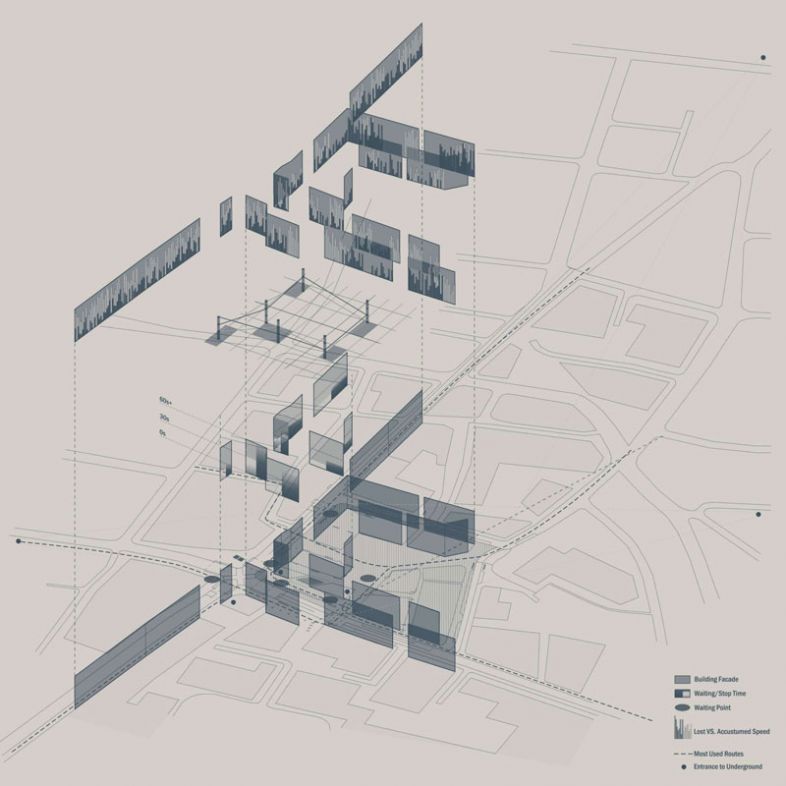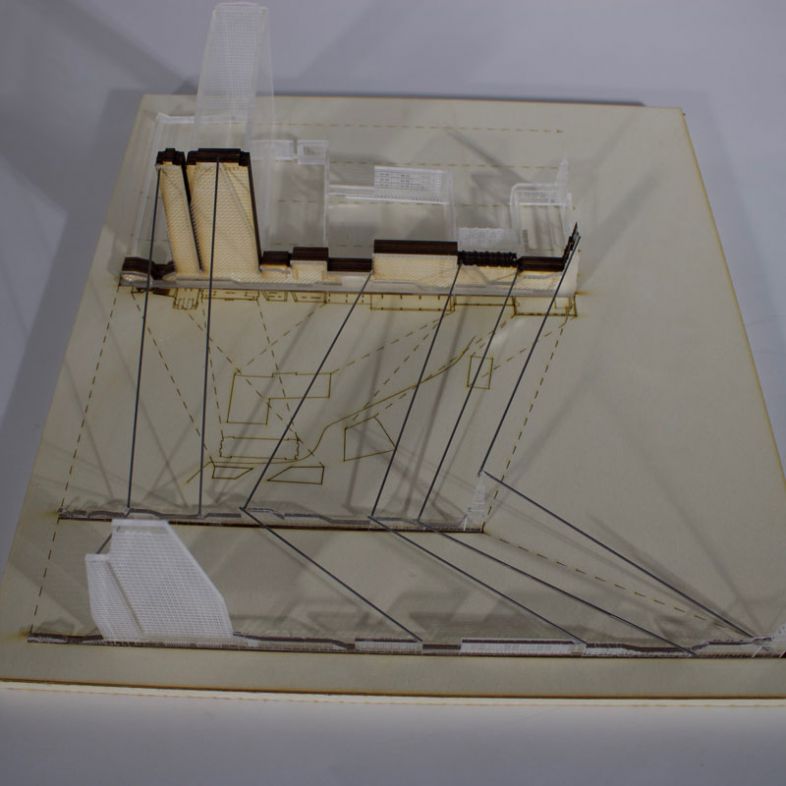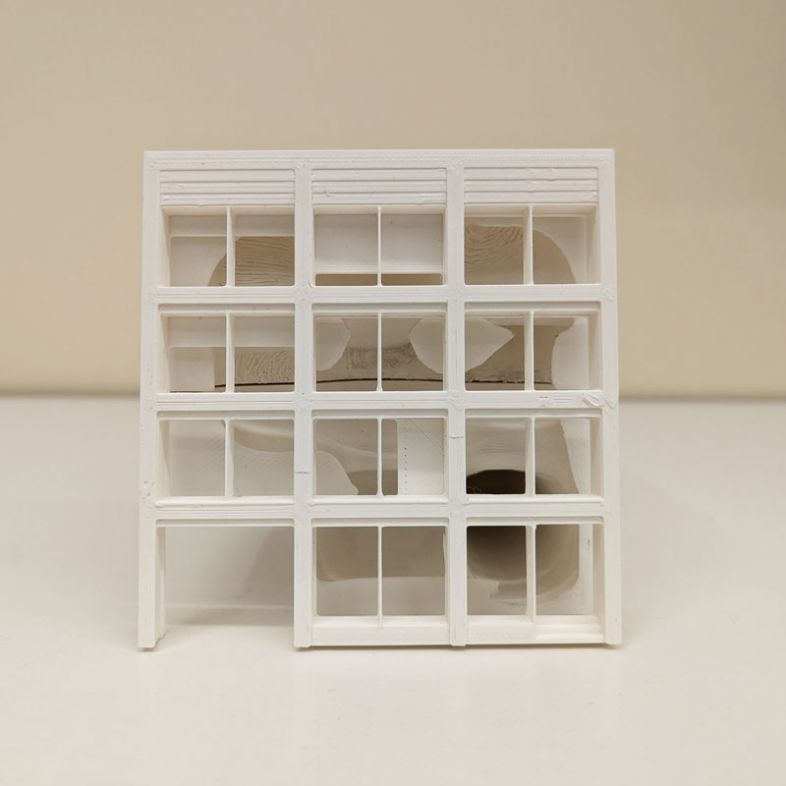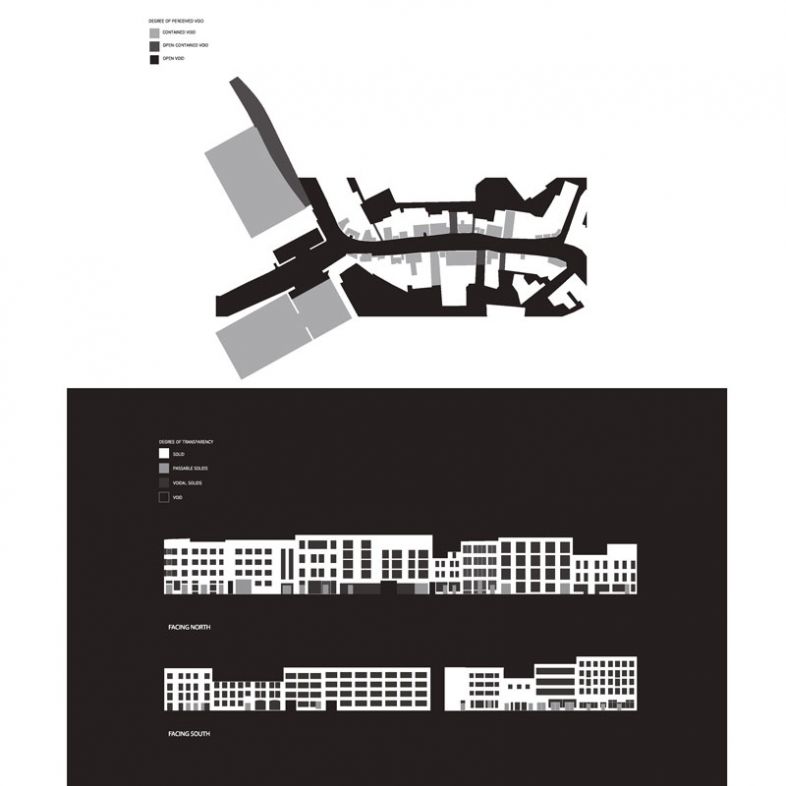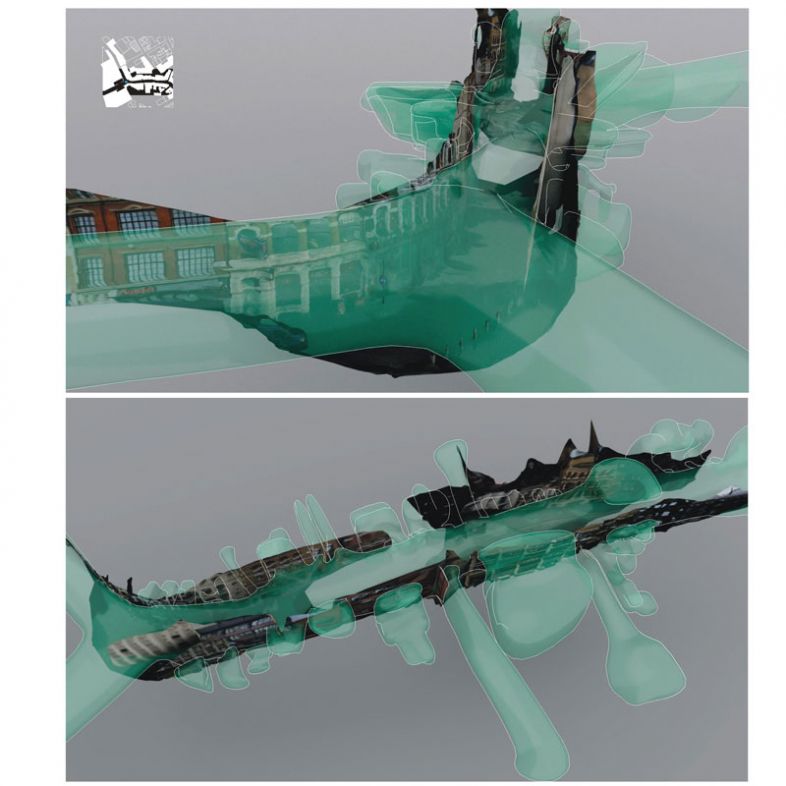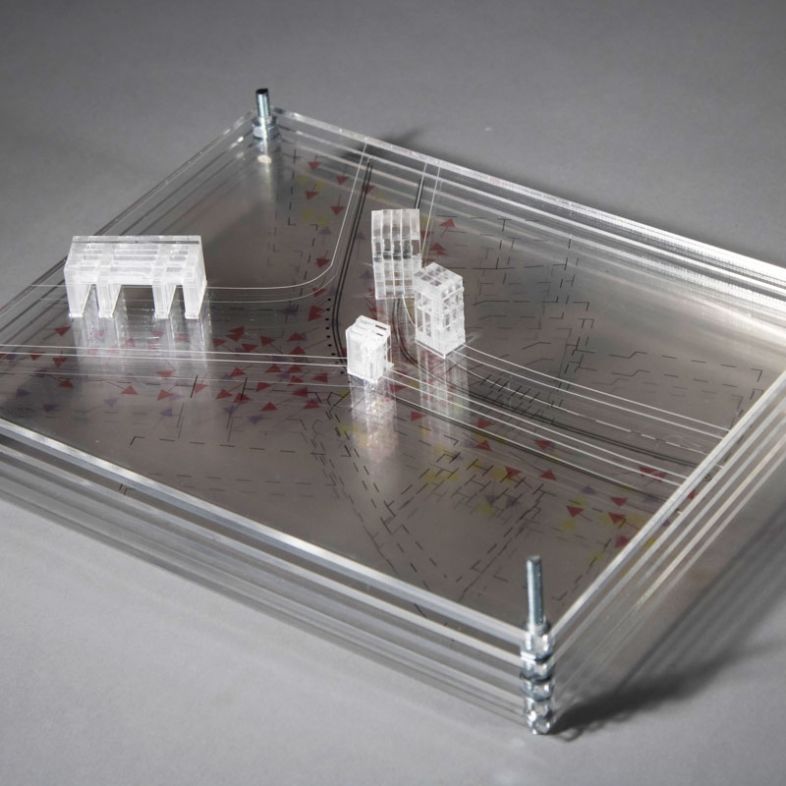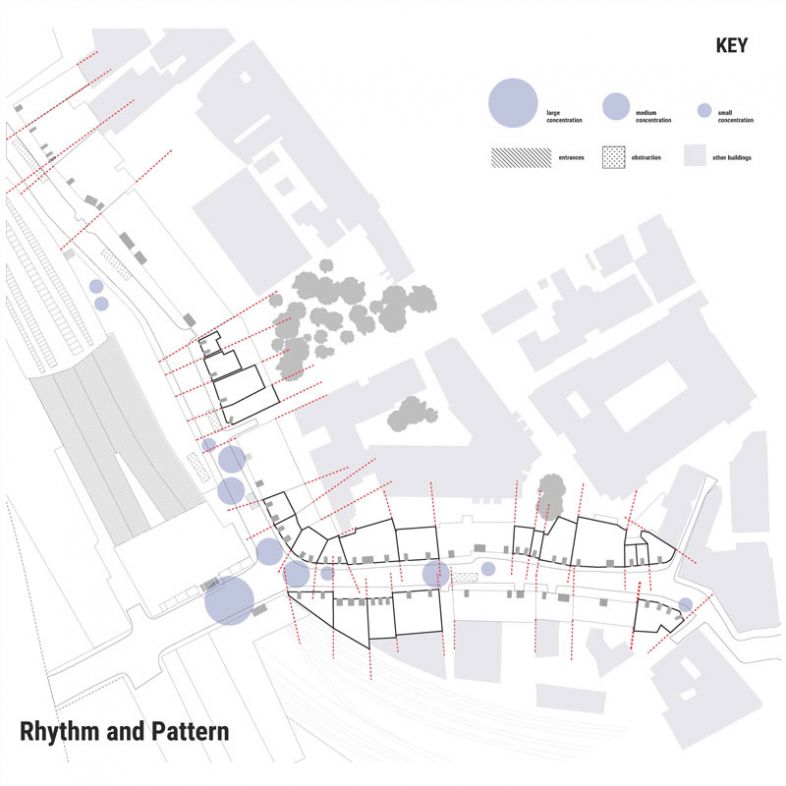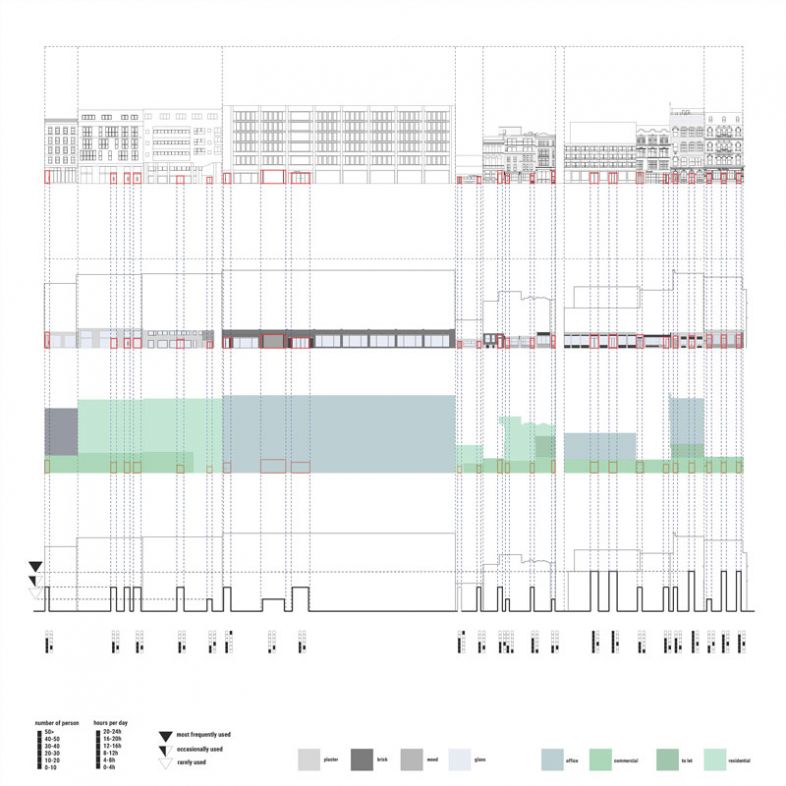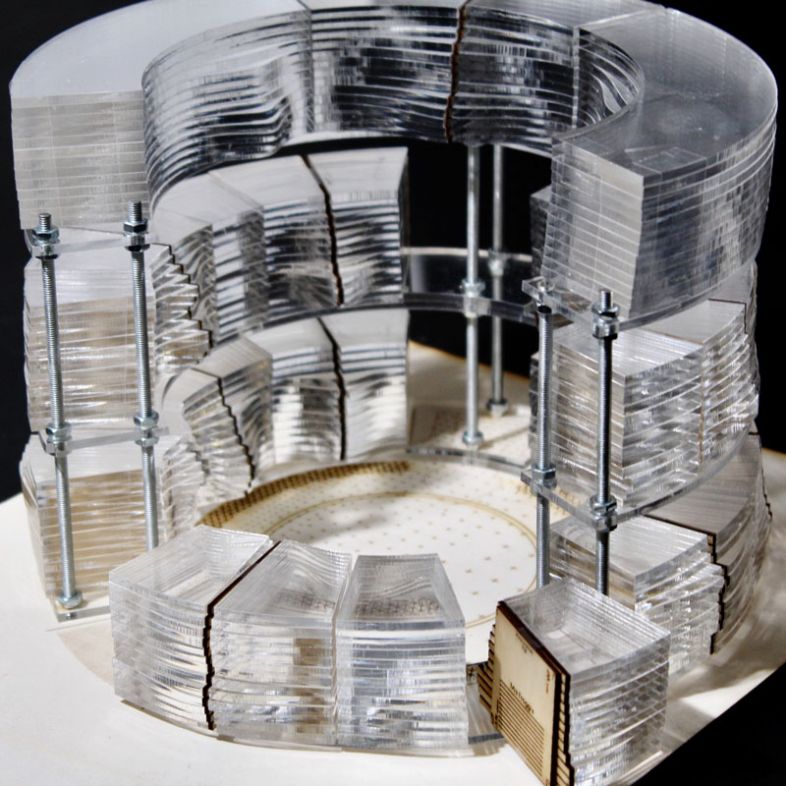London.Public Square.
Spring.2023The students focused their research on three public spaces in London. These spaces were in the proximity of three new station stops along the Elizabeth Line, the most significant addition to London’s transport network. It is a new high-frequency hybrid urban-suburban rail service in London that connects main employment centres, and supports journeys through central London and the South East. Three new inner city stops, Tottenham Court Road, Farringdon and Liverpool Street; inspired the selection of three public spaces: St Giles by Centre Point, Cowcross St and Broadgate Circle.
Students explored how these public spaces created different urban conditions for the variety of users and activities. St Giles weaves old, retrofitted and new developments, Cowcross street, yards and Turnmill St with the nearby St Johns square accommodate new uses in an industrial urbanity and Broadgate Circle dialogues directly with the rail infrastructure.
The aim of this exercise was to abstract the complexity that weaves the urban fabric, including buildings and public realm, through their physical and material qualities as well as their intangible and performative qualities of the users and the environment. The urban learnings revealed how the designs react to similar challenges, for instance of circulation and scale in their specific urban setting.
To do this, the studio was divided into three groups so that each member of the team can focus one specific topic in the different sites. The topics explored were:
1- Circulation and Flow
2- Activity and Time
3- Edge and Boundary
4- Pattern and Rhythm
5- Light and Heavy
The drawing explorations intended to represent the tangible and intangible pair of topics to capture the essence of the place. The challenge was to produce two main drawings. First a mapping of the site that showed the chosen parameters of the topic and its behaviour on site; the second drawing, highlighted a discovery or interest that was observed from the first exploration. The students than produced a physical 3D model to conclude the mapping narrative into an object that represented the essence of the performance of the topic on site.

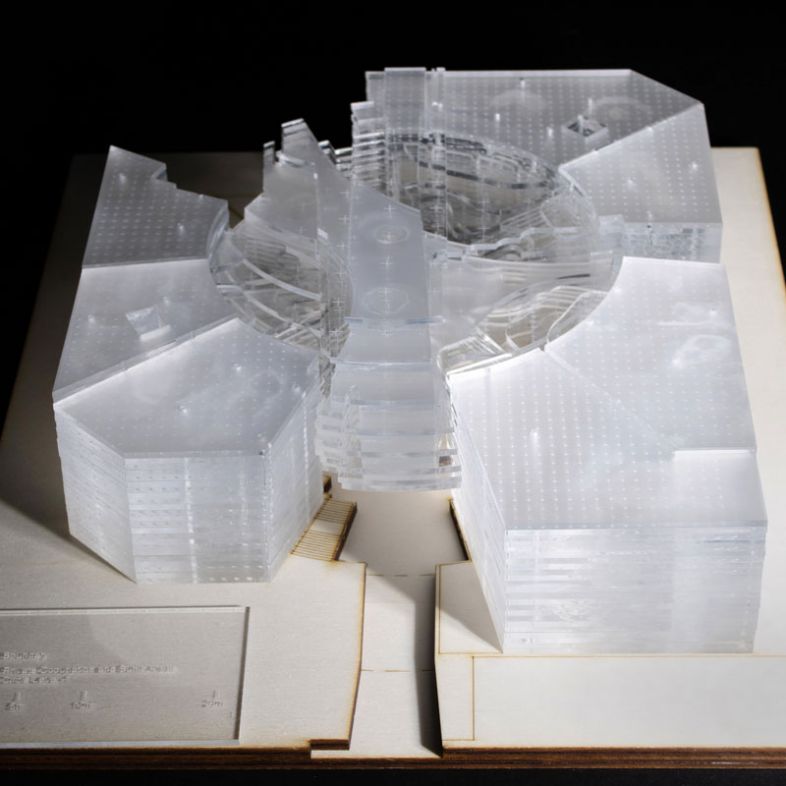

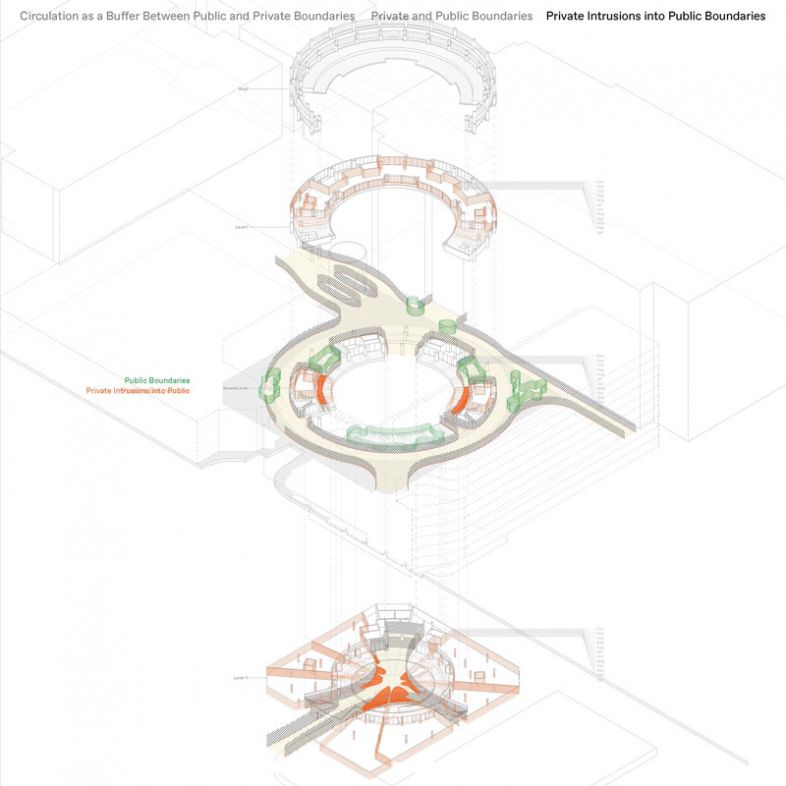

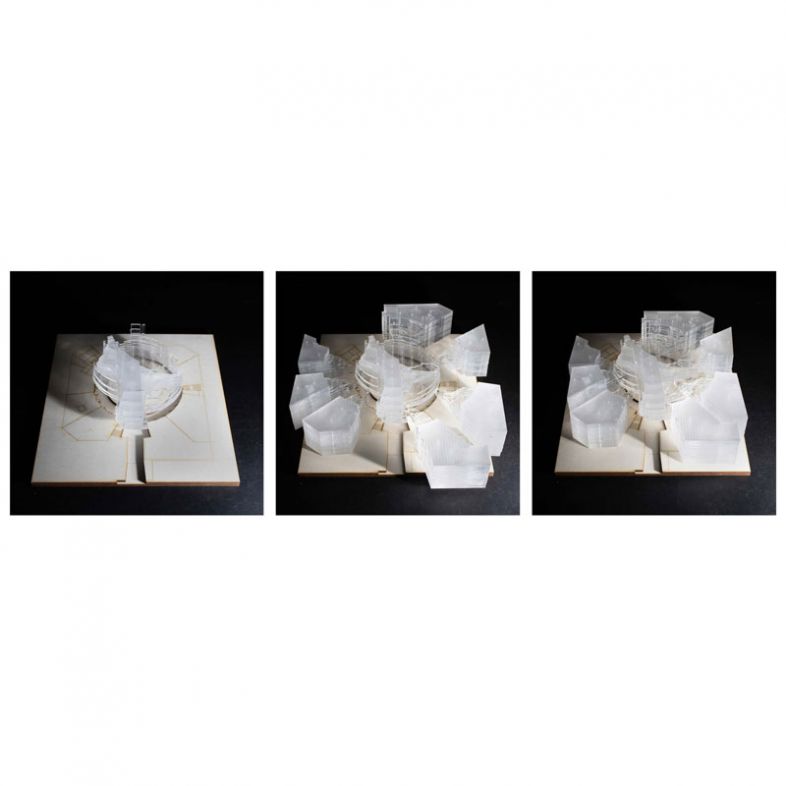
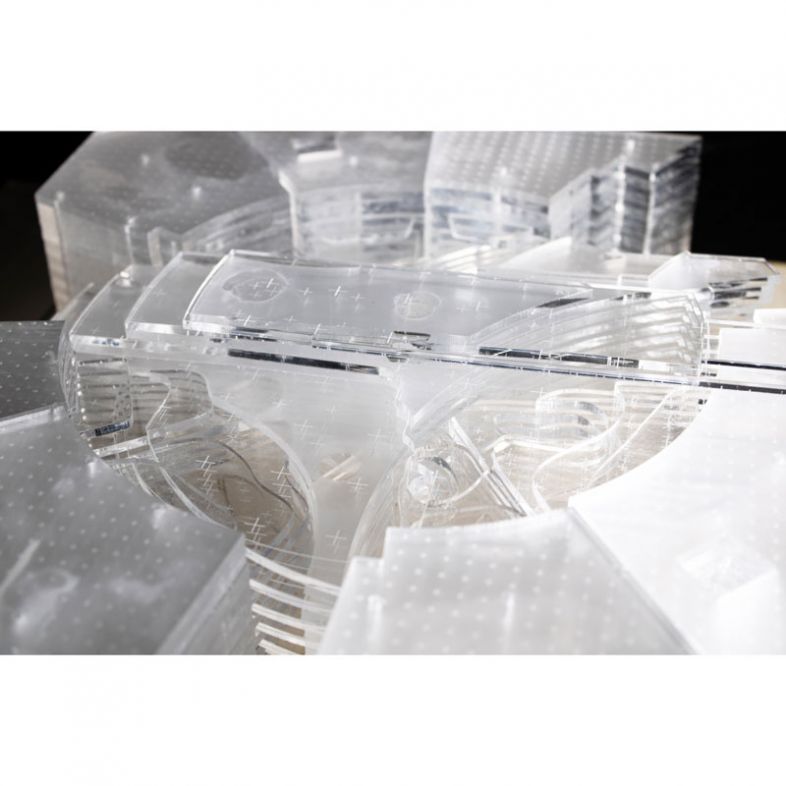
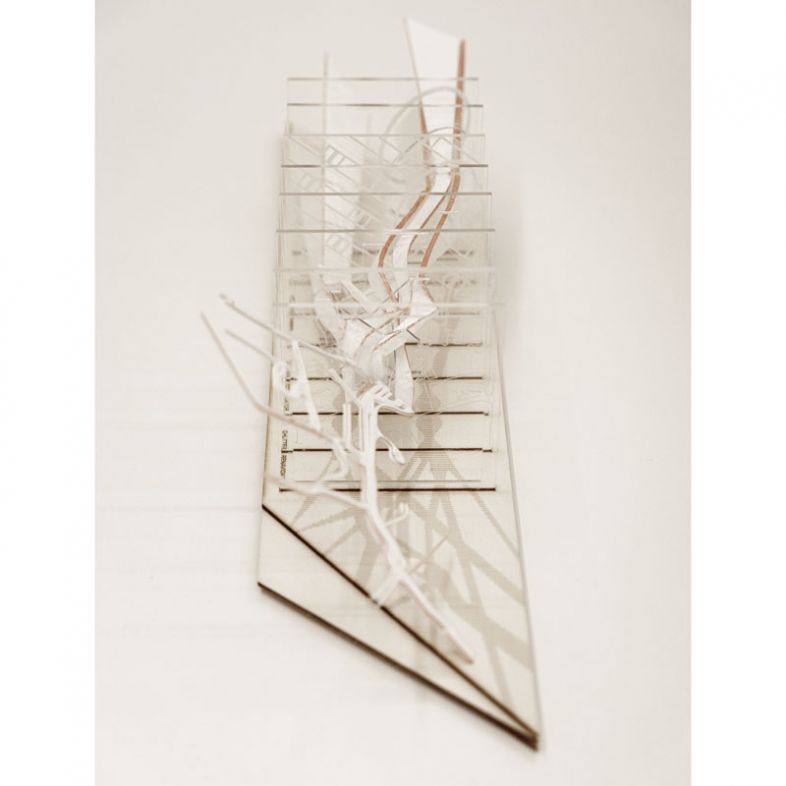
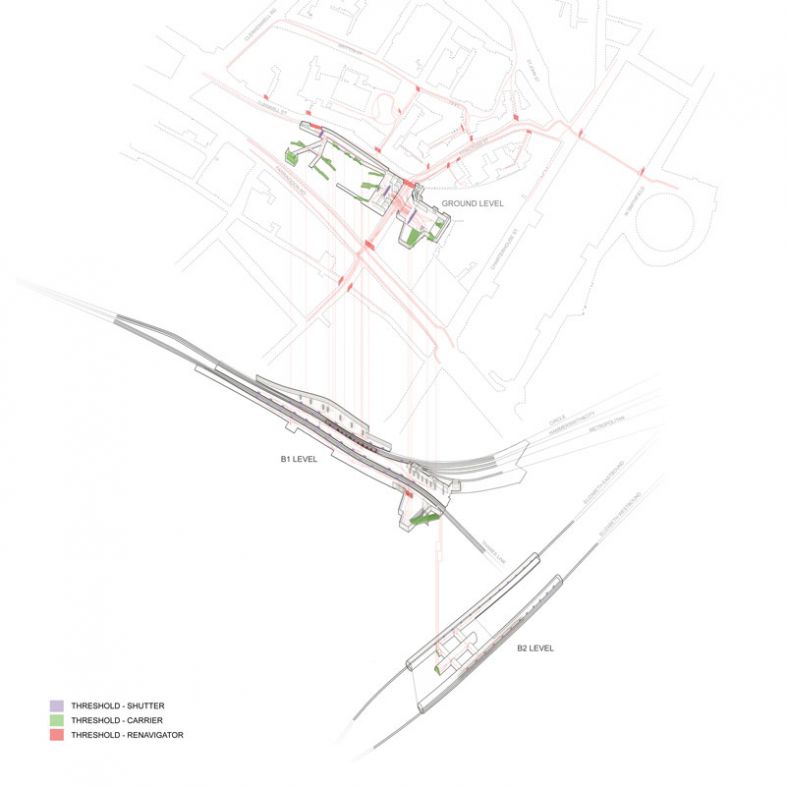

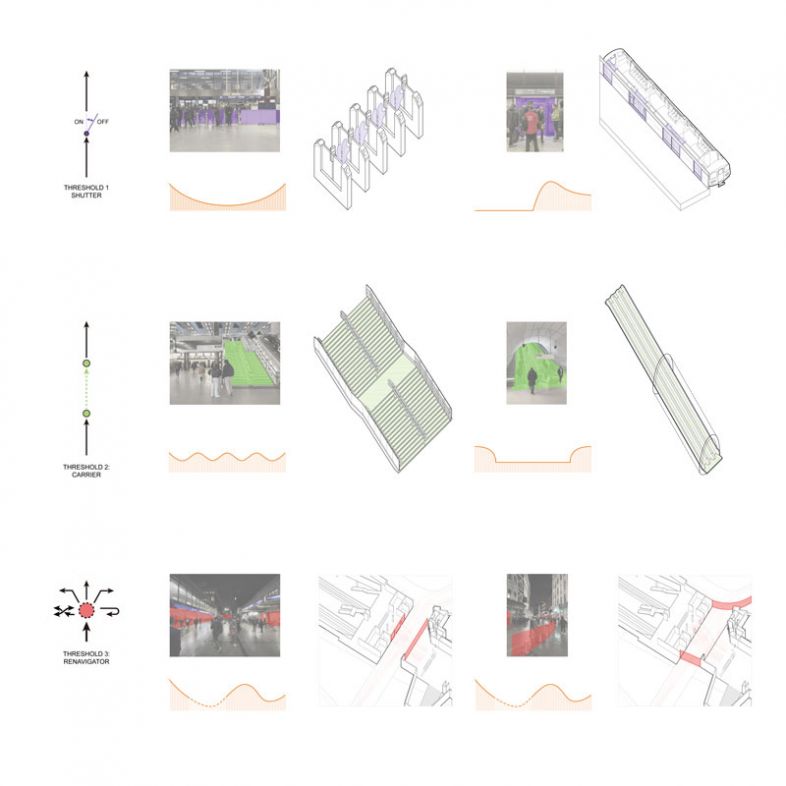
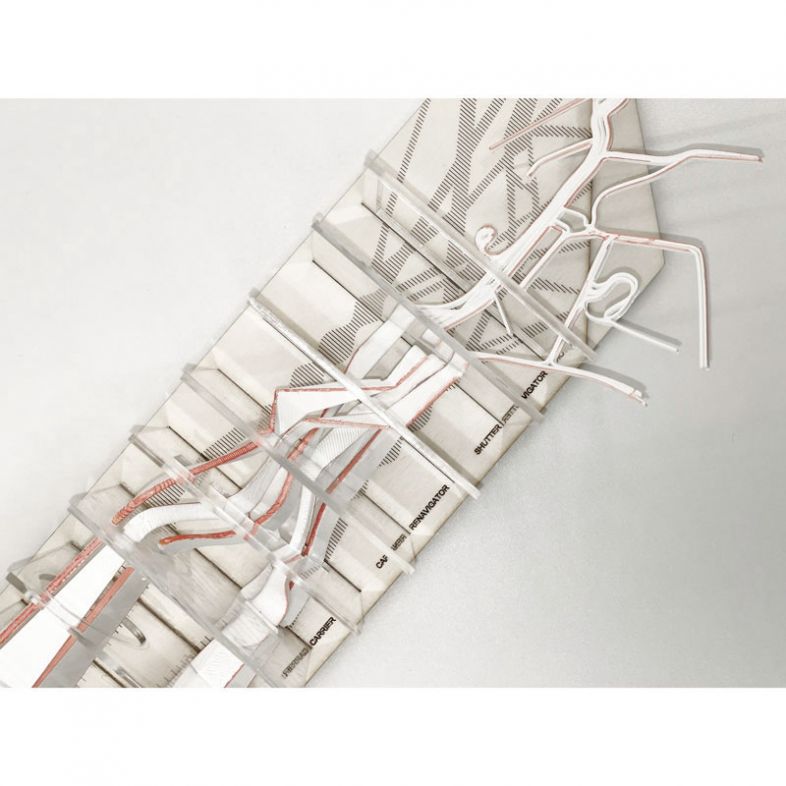




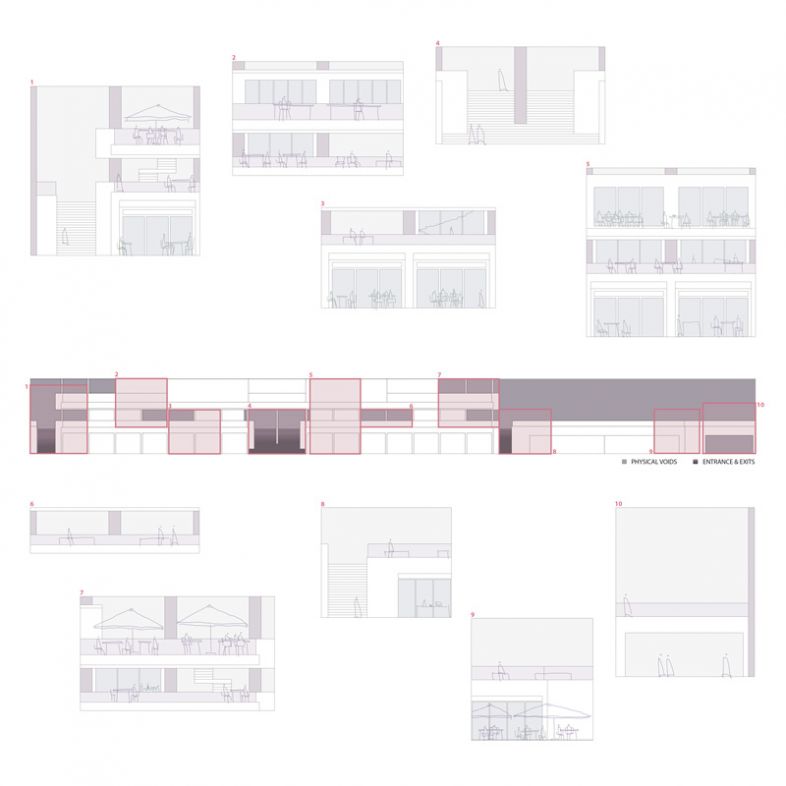
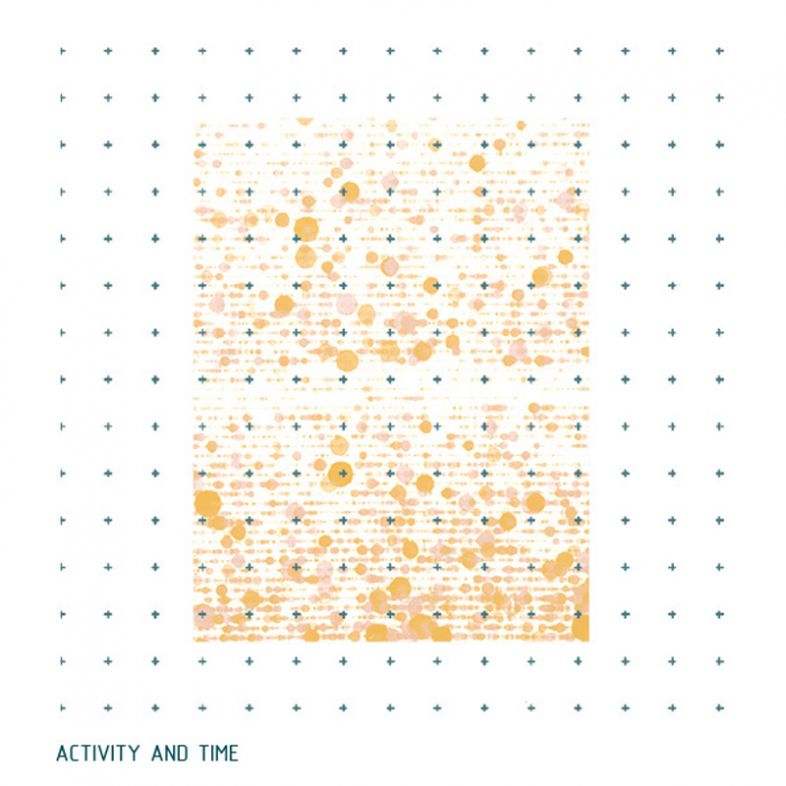
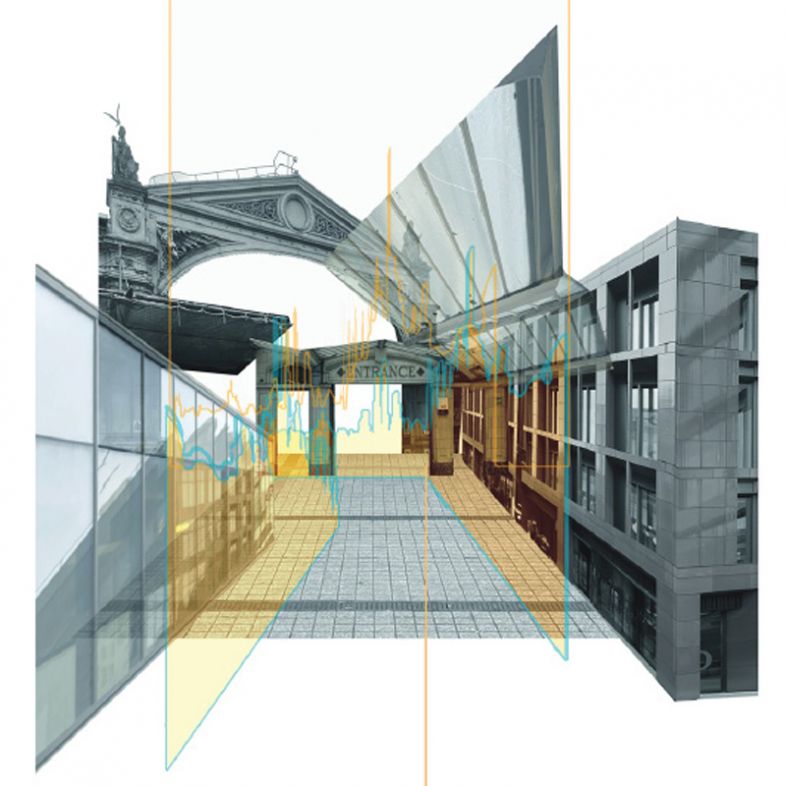
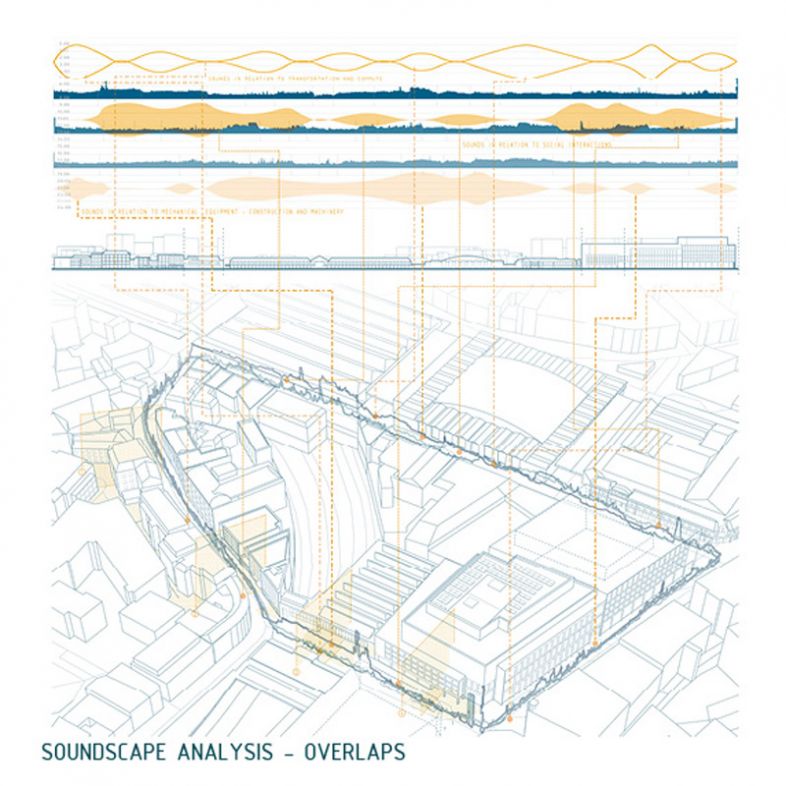
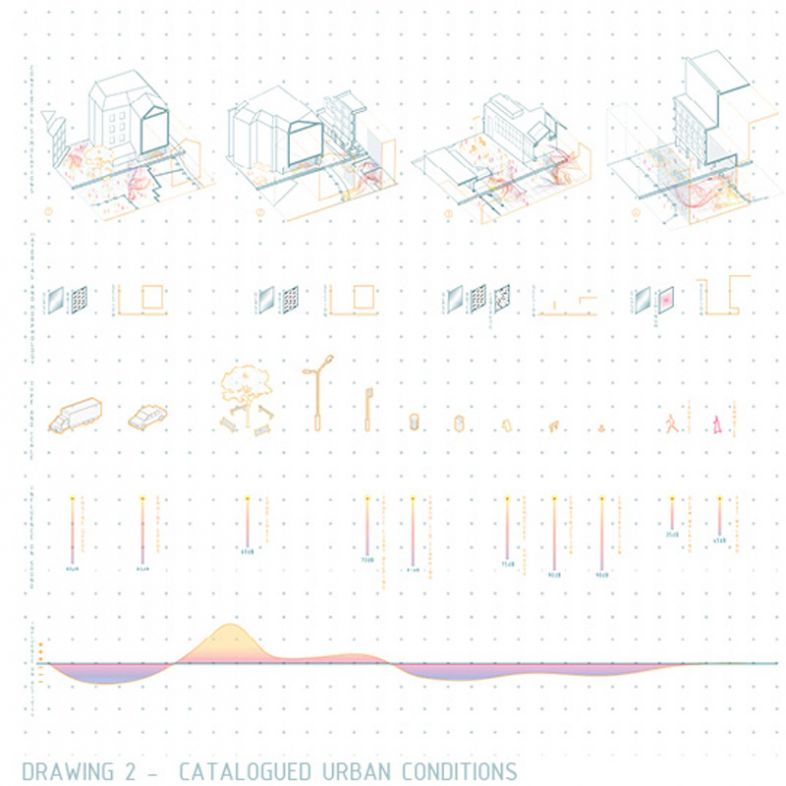
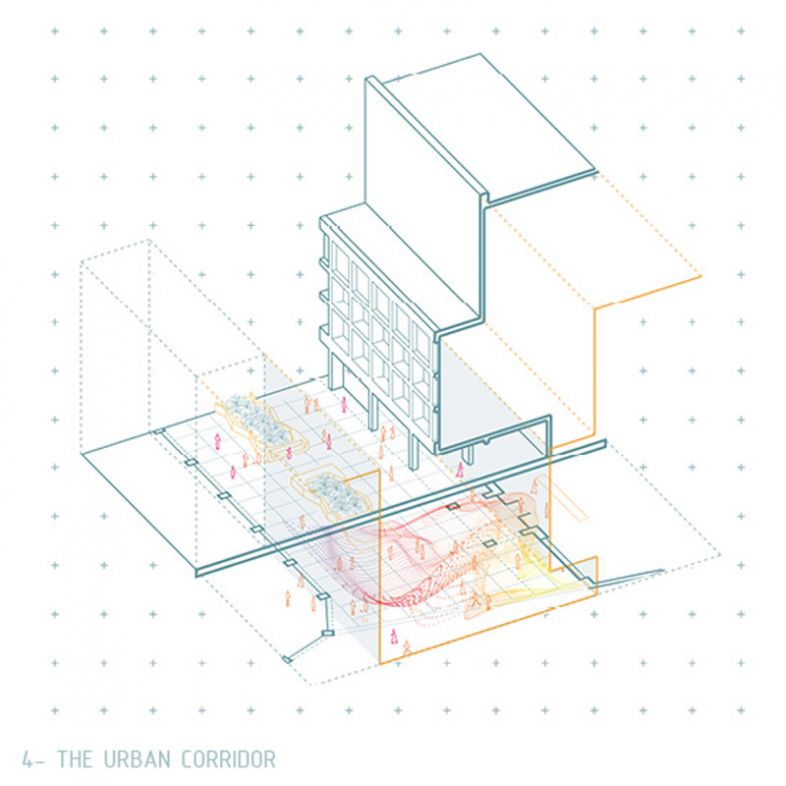
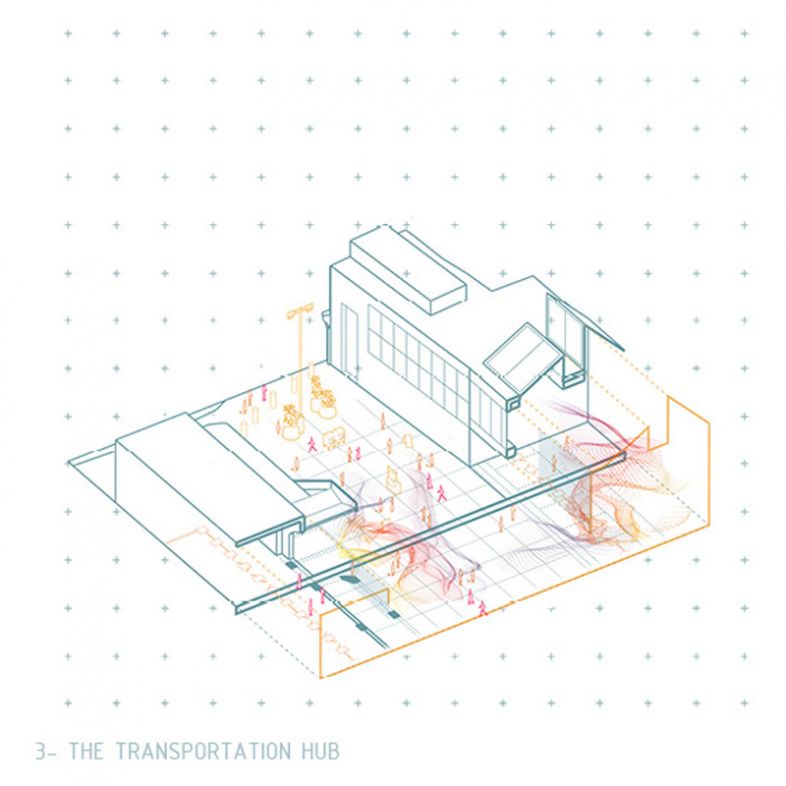
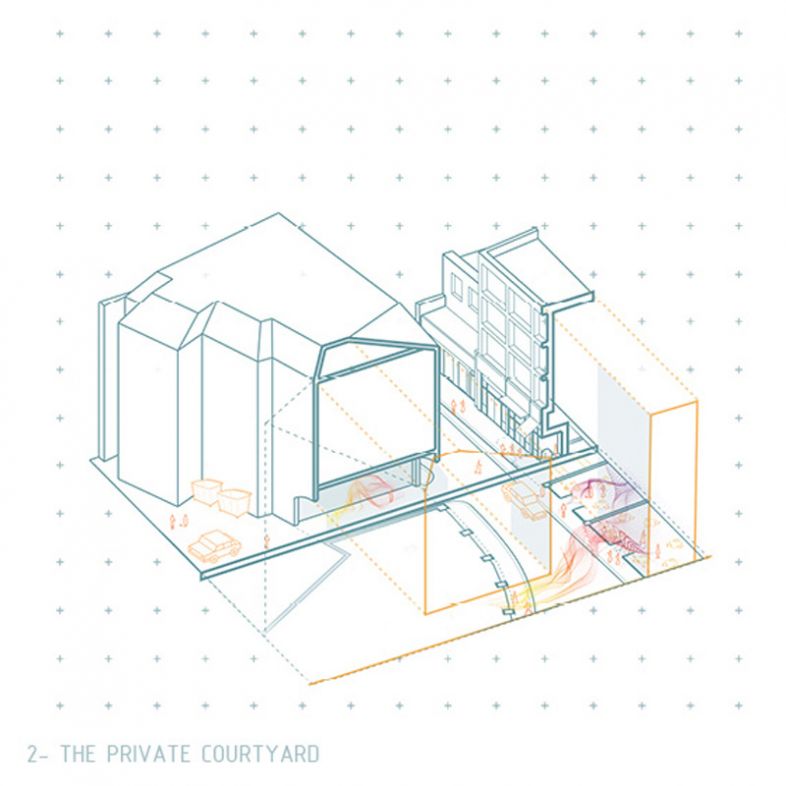

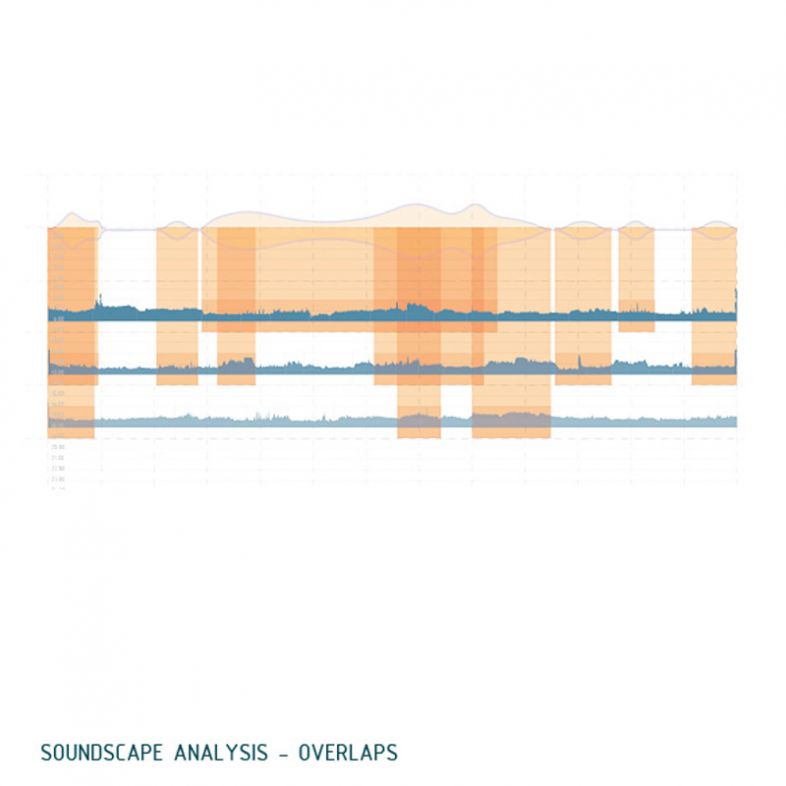
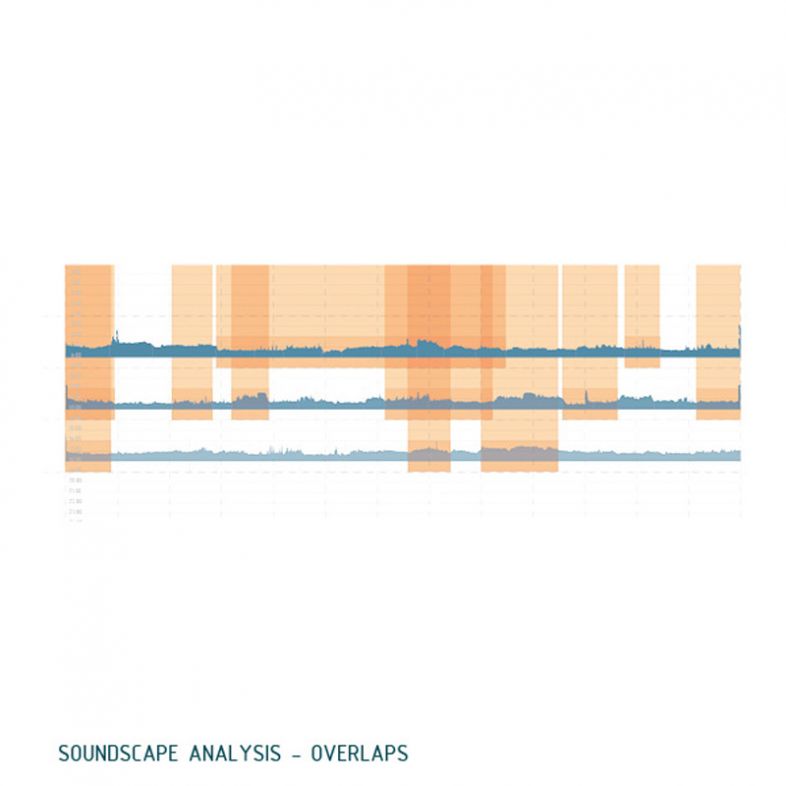
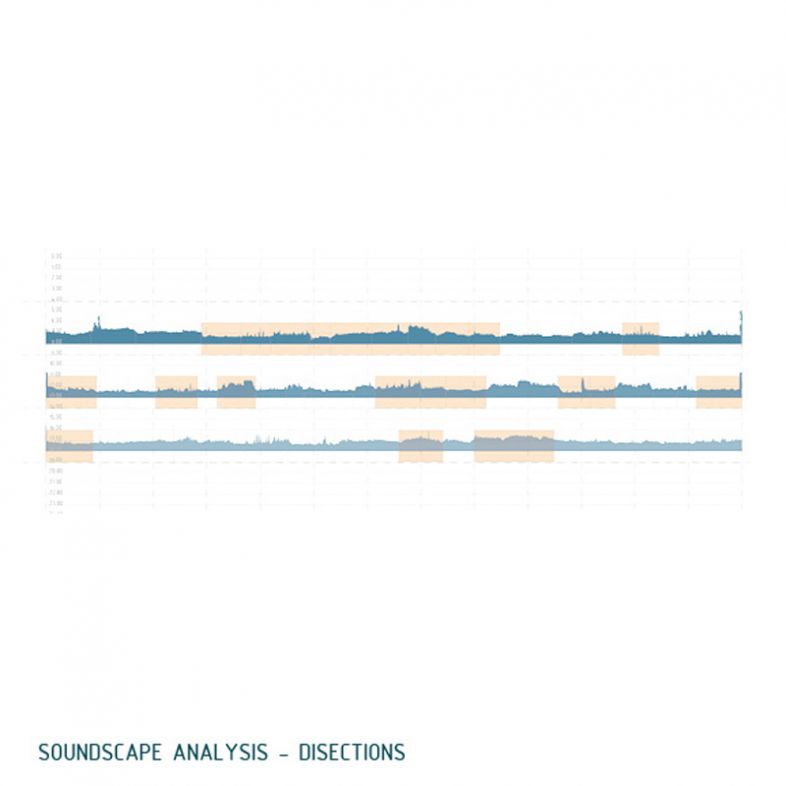




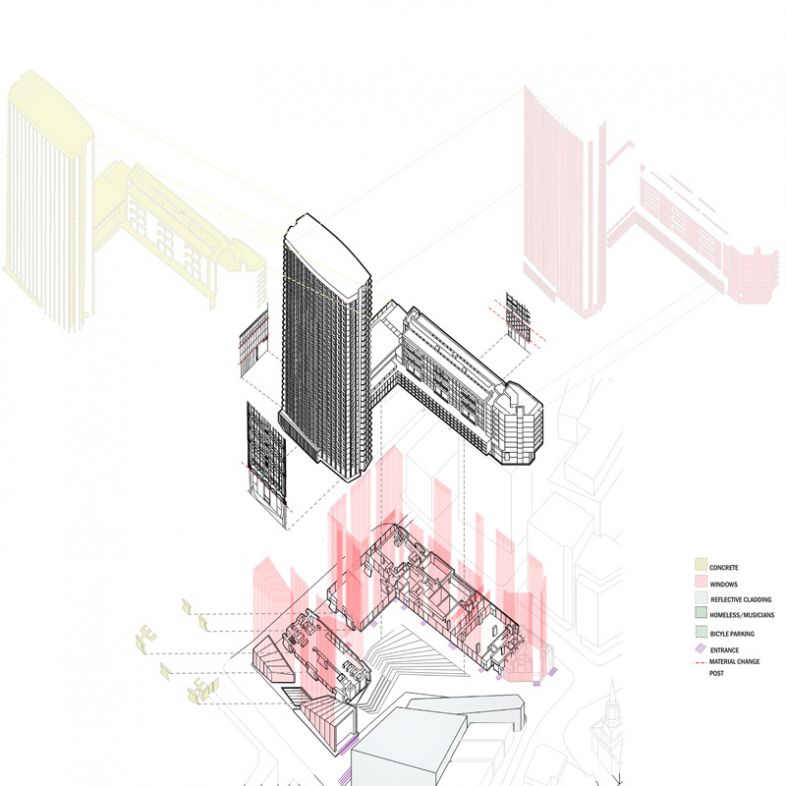

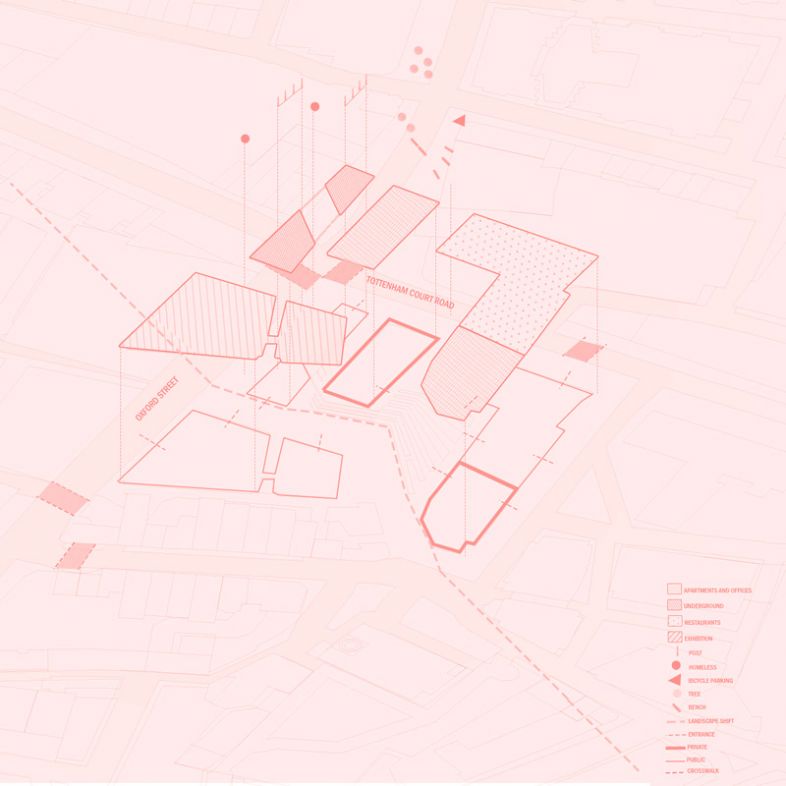





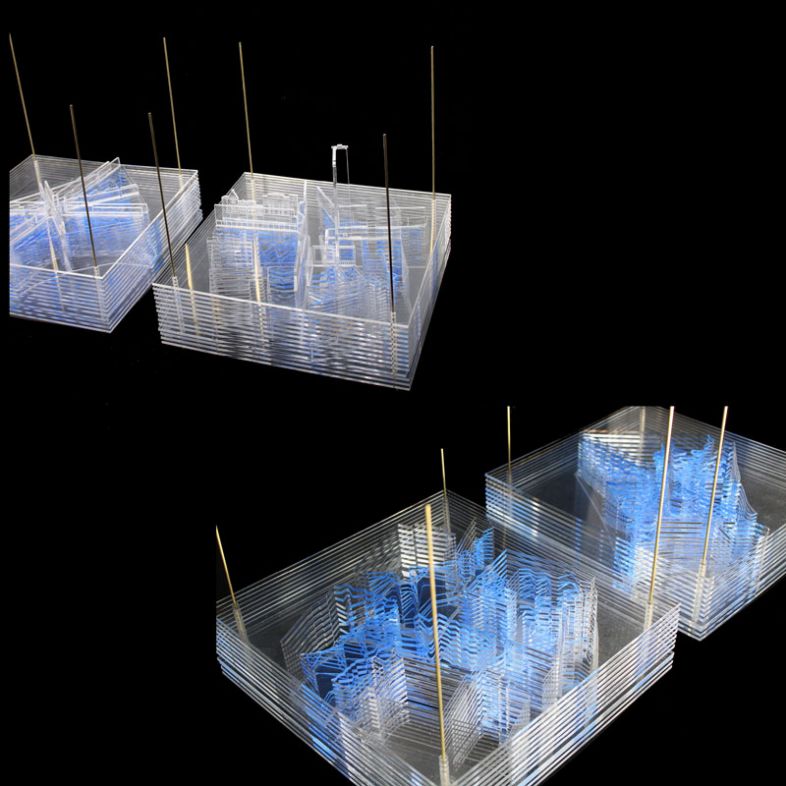
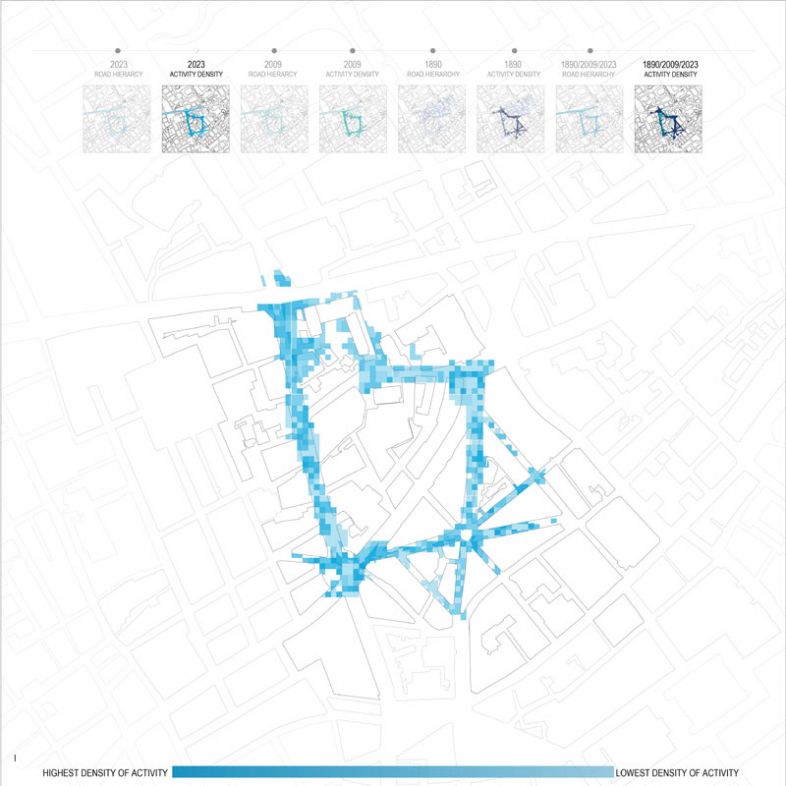
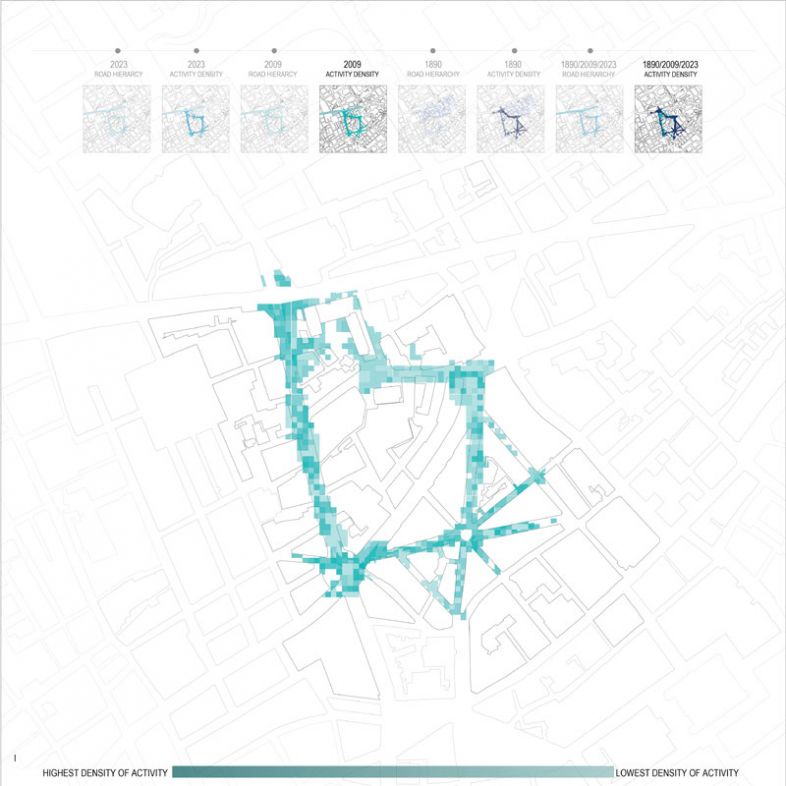

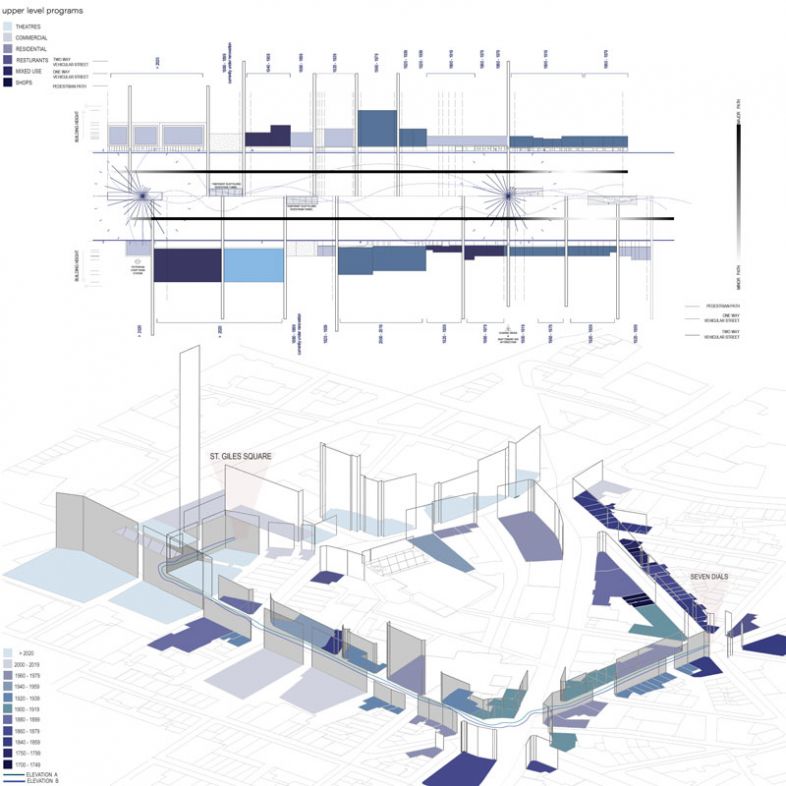



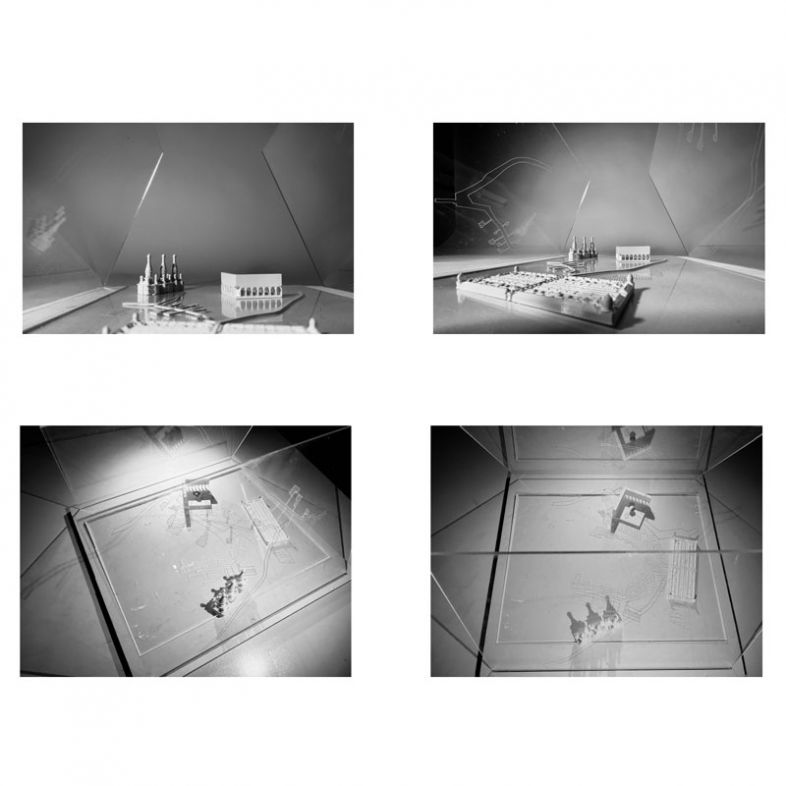
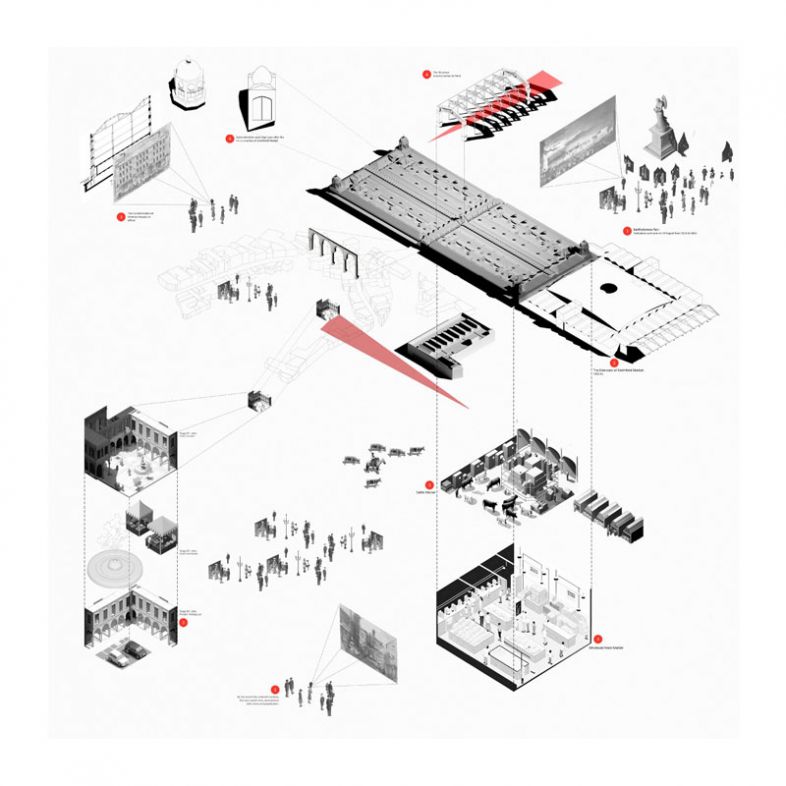

/cache/d8a1e86e2680af95a51e3e3cac0ae432.jpg)
/cache/37c6a394704ea4bb9f61b7f43a0822da.jpg)
/cache/647ef3daf14e6cfe62d89ca935eb7398.jpg)
/cache/a1abaef6da20367defb9435501ae2e1e.jpg)
/cache/24eb67c159340b09e3f3f1efaeadf6e6.jpg)
/cache/23b341d12a1145a825be6b37334b5a62.jpg)
/cache/baf7d6cea963a0623c363b7f01e396b6.jpg)
/cache/b9129de5d459b4df95f298f5308c8e78.jpg)
